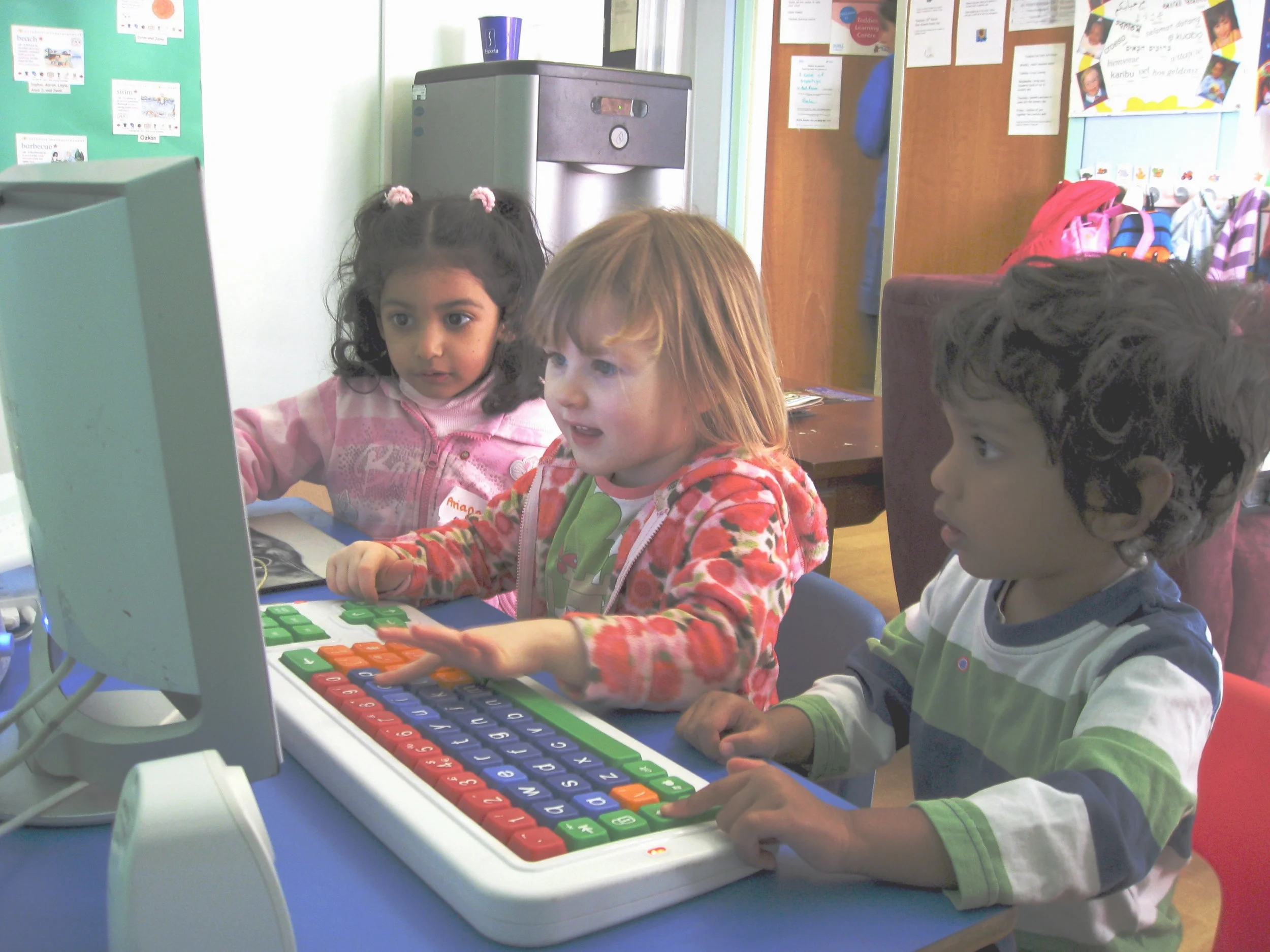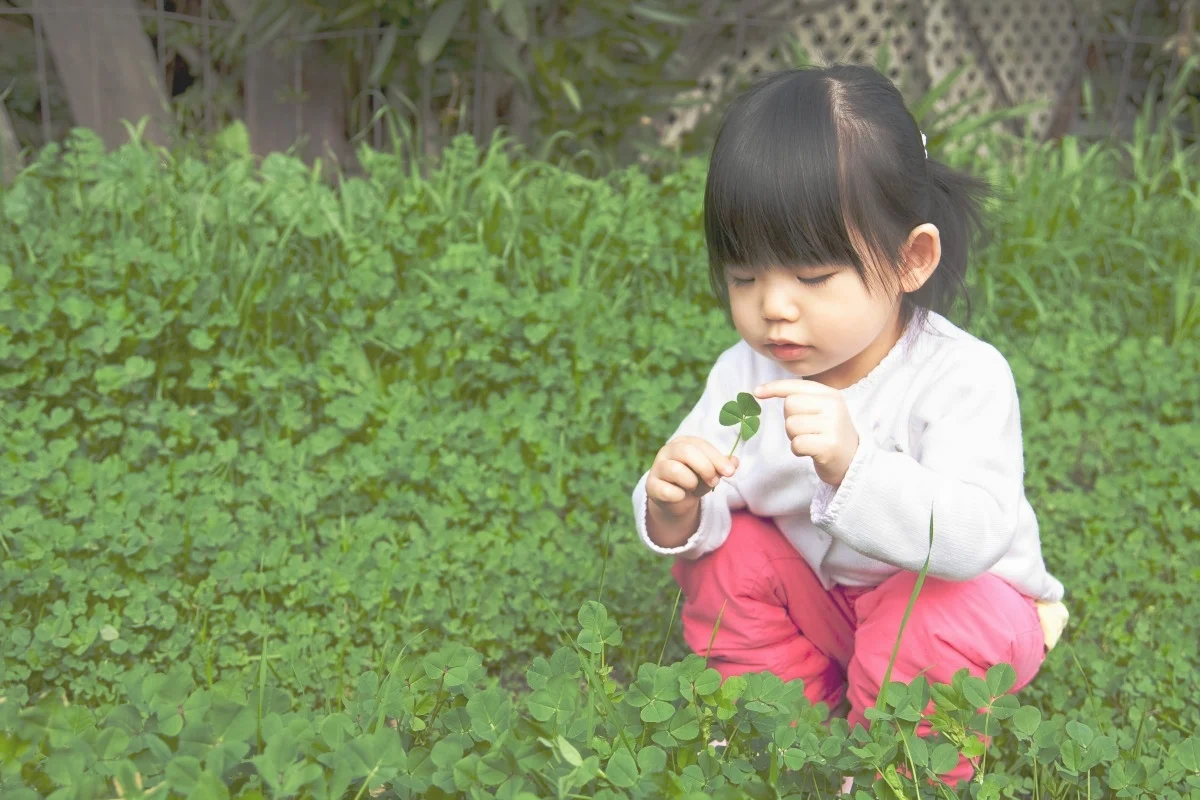.
By Stephanie Illescas
A blended family forms when a person and their partner merge their personal lives and start a life together with children from previous relationships. While the concept of blended families has been around for a long time, many were not recognized unless both parents were legally married and had taken on the legal responsibility as guardian of the children (even if one parent was not biologically related). Nowadays, these type of families are becoming even more common, with many divorced parents forming new relationships that involve living together and raising children jointly without committing to marriage. Statistically speaking, half of marriages in the United States end in divorce. 66% of second marriages involve children from previous marriages, and at least half of the children living in the United States live with a family involving one biological parent and one “step-parent”.
Creating a new family should be a time of joy. Blending families involves rewarding and challenging moments. Although this family can be made of adults who are both bringing children with them, some adults enter their new family with no children of their own. They take on the parental role for the first time and now have to find a balance between acting as a parent, while at the same time gaining the trust and respect of the child. The child may feel uncertain about upcoming changes and how these changes will affect their relationship with you.
As in any situation, children of different ages will respond differently. Younger children may adjust more easily because they thrive on cohesive family relationships. Adolescents can have the hardest time adjusting to a new family and may need more time to bond with their new parent. Older children in the household may separate themselves from daily routines, although this is not always the case.
As you blend two families, differences in parenting, discipline, lifestyles, etcetera can make agreeing on certain things difficult, and could potentially become a source for frustration for the children. Agreeing on consistent guidelines about rules, chores, discipline, and allowances shows kids that you and your partner intend to deal with issues together, and in a fair way.
Whether they voice it or not, children may have some concerns living with someone new. The physical and emotional needs of a two-year old will be different from that of a 13-year old. You will need to adjust your approach with each child, but the goal remains the same; to establish trust. This will require time, communication, mutual respect, and plenty of love and patience from both parties.
Works Cited
1 “Childhood Depression: What to Do When Your Child Is Depressed.” PsyCom.net - Mental Health Treatment Resource Since 1986, www.psycom.net/childhood-depression.
2 Children's Hospital. “Major Depression in Children.” Children's Hospital of Philadelphia, The Children's Hospital of Philadelphia, 24 Aug. 2014, www.chop.edu/conditions-diseases/major-depression-children.
3 “Is It Sleep Deprivation or Depression?” PsyCom.net - Mental Health Treatment Resource Since 1986, www.psycom.net/sleep-deprivation-depression.
Stephanie Illescas
Stephanie Illescas is a reporter for the BEFA Newsletter .She studies biochemistry and French at Hunter College. Coming from Guatemala, she has seen first hand the lack of educational access available to low-income communities, and hopes to bring more opportunity to underrepresented populations. Stephanie enjoys running,writing, and exploring new locations. In her spare time she can be found volunteering with the Child Life Unit at Weill Cornell, or advocating for survivors of domestic violence as a New York State certified crisis counselor.


















